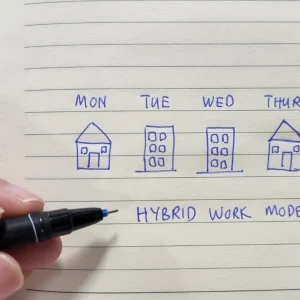The typhoon Haiyan in the Philippines brought more devastation than people had anticipated, leaving thousands of people homeless, trapped, starving, dying or dead.
Nations have rallied together to bring aid to the places hit hard by the typhoon but it can be a difficult task knowing where to send it and who desperately needs what.
Well things are changing, thanks to a great piece of technology. The OpenStreetMap (OSM) was created in 2004 and has over a million users. It has been described as the Wikipedia of online maps, as users can make additions and changes to it.
In the aftermath of Haiyan, more than 400 volunteers made nearly 750,000 additions tyo the map to show how the land looked before the disaster, guiding Red Cross workers to places in critical need of help.
This allows aid to reach places that may have gone missed, with volunteers tracing in roads and, so far, 30,000 buildings, so rescuers can get a better idea of where ‘ghost’ buildings should be standing.
The Red Cross, who were behind this idea of getting OSM edited by volunteers on the ground, wanted to know where roads and buildings should be, so aid can be distributed correctly.
This map is just the beginning on a long road to recovery, by helping those affected to rebuild their homes and their lives. It may just be a small step, but it’s a pretty great start.






